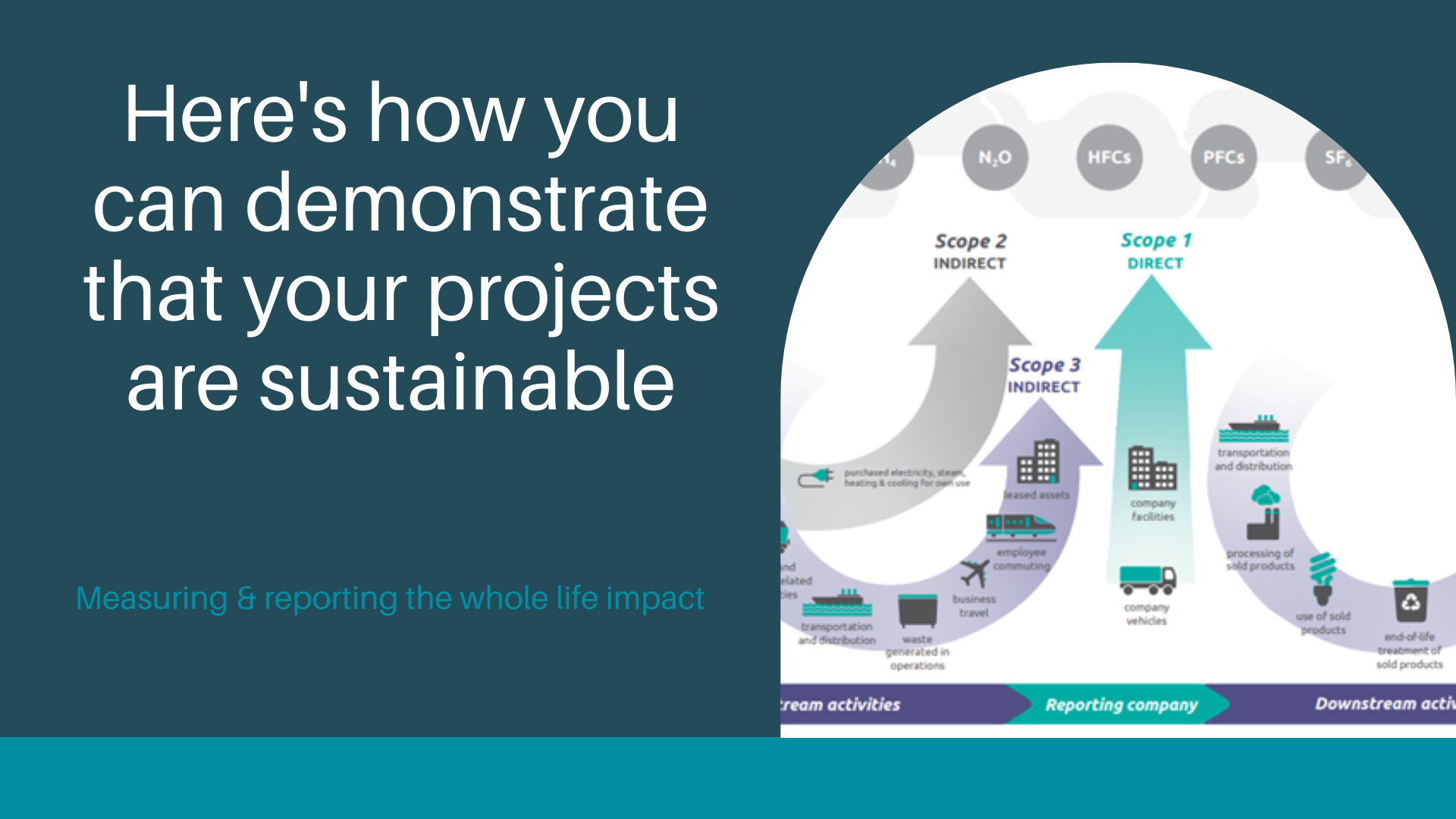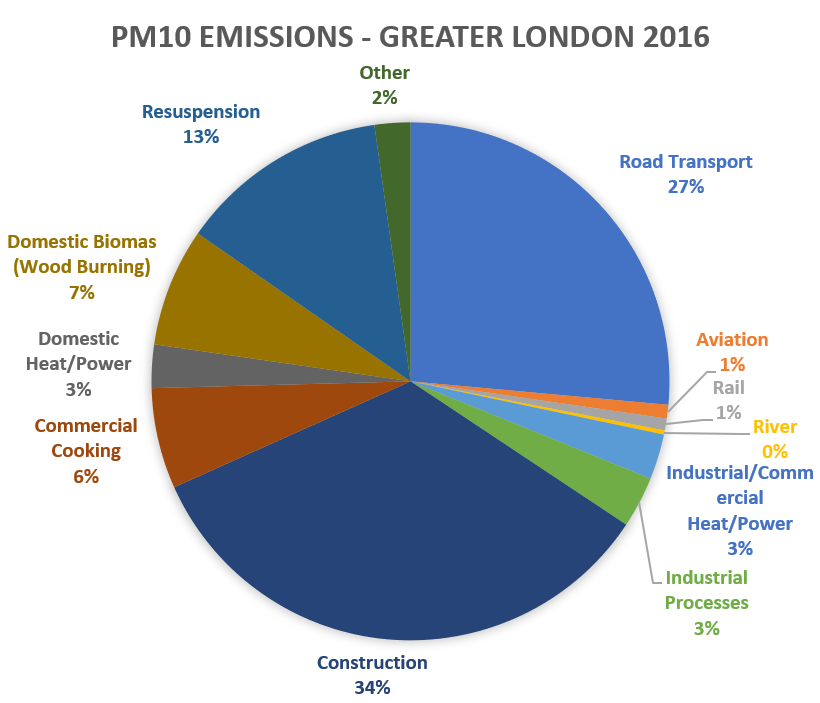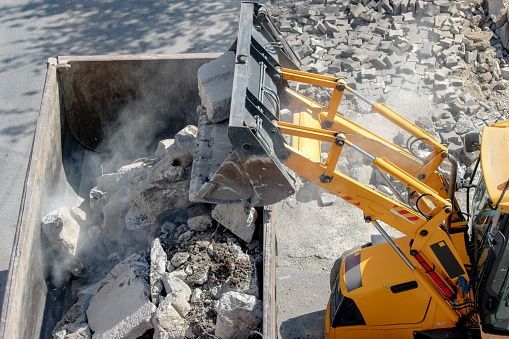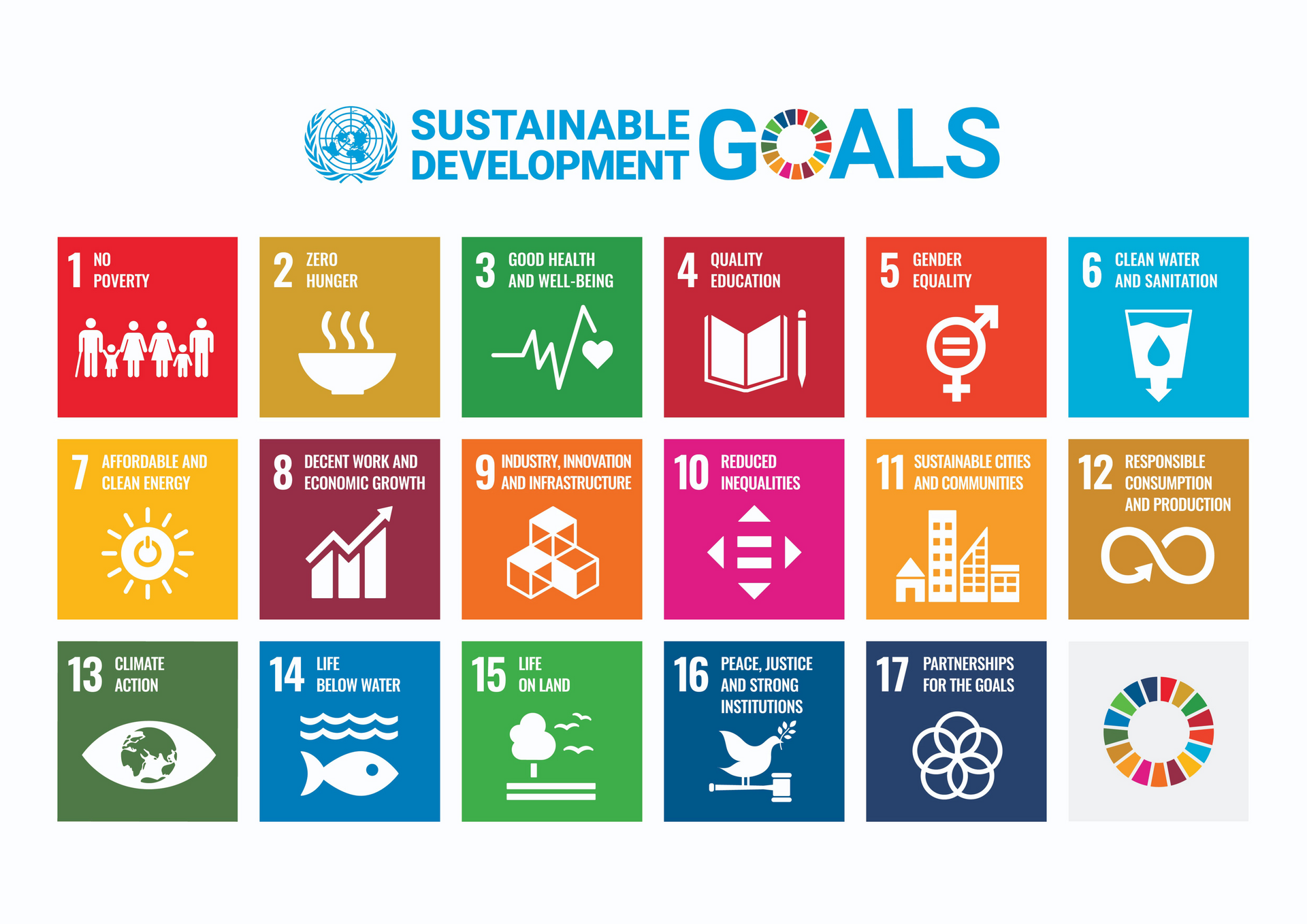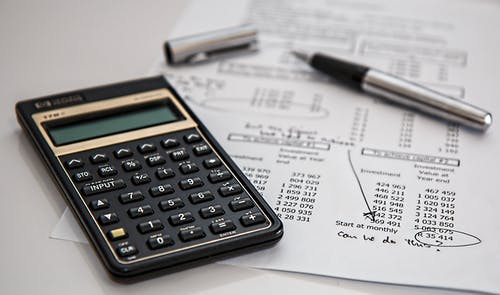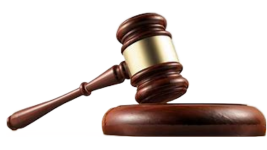
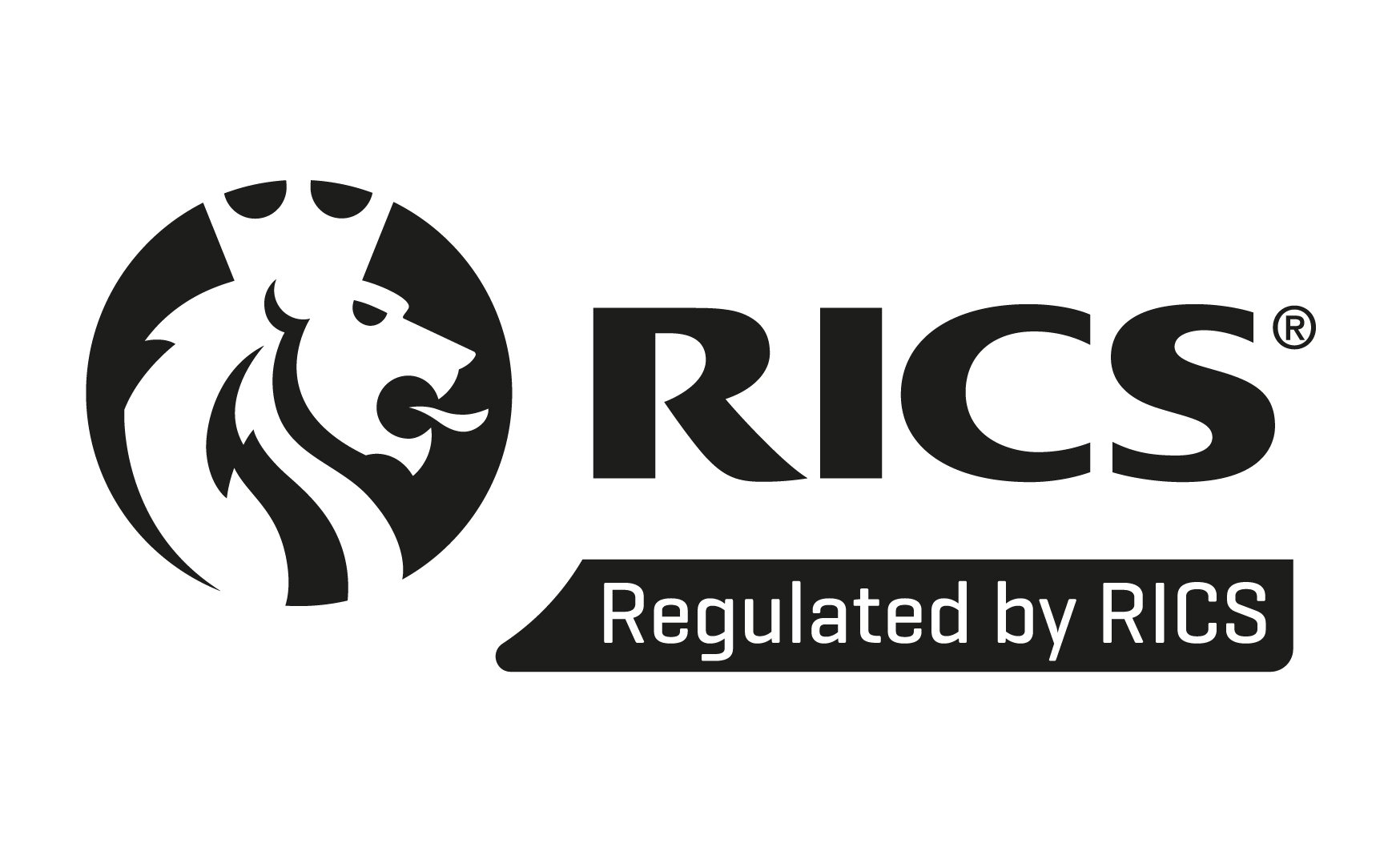
Identifying Reductions in Energy Use (& Some Savings)
Where do we use energy?
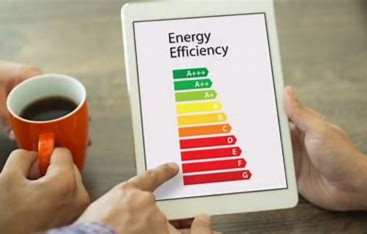
Every type of property will use differing amounts of energy, depending on its primary use, and geographic location.
If you are fortunate enough to have smart metering or BMS systems installed, then you will have good, detailed data tracking both actual consumption and trends over time, which can inform options for reducing your energy demand. Furthermore, companies that meet certain thresholds will also have completed an ESOS assessment and should already have a good idea of where their options for saving energy will come from.
As a general rule, energy is consumed in the following areas:
- Heating
- Cooling
- Ventilation
- Refrigeration
- Moving (e.g., pumping) things from one place to another
- Powering assets or equipment, such as IT, electrical items, machinery, payment systems, safety systems
- Lighting
The energy use will be for both essential or critical assets, perhaps linked to compliance or service provision, but other use may well be either a nice to have or may present an opportunity for a re-think.
Key strategies to reduce energy use
Sector knowledge and experience can be used to analyse data to come up with the (best) options for different assets. These can include one or more of the following:
- Insulate – Much energy is used in either heating or cooling, so understanding where heat is transferred or lost can help shape more effective fabric improvement projects.
- Naturally balanced design – solar gain or loss can contribute significantly to the heating and cooling load, as it can to the amount of artificial lighting required. There are a number of options for reducing solar gain, maximising natural ventilation and considering the optimum location for plant to operate effectively.
- Upgrading light fittings – technology has moved on significantly in recent years with many aesthetically pleasing LED options available for both interior and exterior fittings.
- Proactive maintenance – the more an asset is used, the more wear and tear it will endure, and the dirtier it will become. Well planned preventative maintenance regimes, often coupled with targeted servicing, lubricating and cleaning of key components can have a significant effect on the strain a piece of equipment is under, and hence reduce its energy demand, as well as potentially extend its useful life.
- Modernising equipment – keeping up with the latest technologies can mean that newer and more efficient components or plant can be introduced. Many types of energy efficient equipment also come with capital allowances too, meaning additional commercial benefit.
- Turn things off – if you’re not using it – turn it off.
- Install a door or screen – refrigerated or heated display units have historically been open, for customer convenience, but this means that significantly more energy is used to maintain the appropriate temperature. Increasingly the customer is becoming more aware of energy savings, so consider adding a screen or door to the units.
- Operating instructions – have you read them? If the assets are not optimally located or being used in the intended way, then they are probably not operating as efficiently as they could be. A simple example could be checking the spacing and ventilation around the asset.
- Installation of co-generation – generating your own onsite power can mean that you pull less energy off the grid.
- Energy storage and smart demand balancing – with the emergence of the electricity as the fuel of the future, smart solutions which combine battery storage with asset or vehicle to grid solutions mean that you can buy power from the grid (or self-generate) at off-peak times, and then store the energy and use it when it is needed.
- Externally located equipment – always consider the location and aspect of equipment both inside and outside the building. External HVAC units situated in a sunny south facing aspect will struggle even more to hold temperature on hot summers days. They should always have plenty of space around then for regular airflow and should not have miscellaneous items propped up again them, reducing airflow.
- Internally located equipment – although it may be great from a marketing perspective having ice cream units located in front of or next to sales building doors can put them under great strain in the summer as they battle with the hot air coming directly into the building (right next to where they are located) every time the doors open. The simple rule is anything that has to work harder uses for energy and will have a reduced lifespan.
Evenlode has delivered many projects using client data to make improvements to energy consumption. As energy rates are expected to continue at elevated levels, being able to understand and prioritise areas for energy demand reduction will benefit your long-term opex expenditure, as well as having a beneficial impact on the planet.
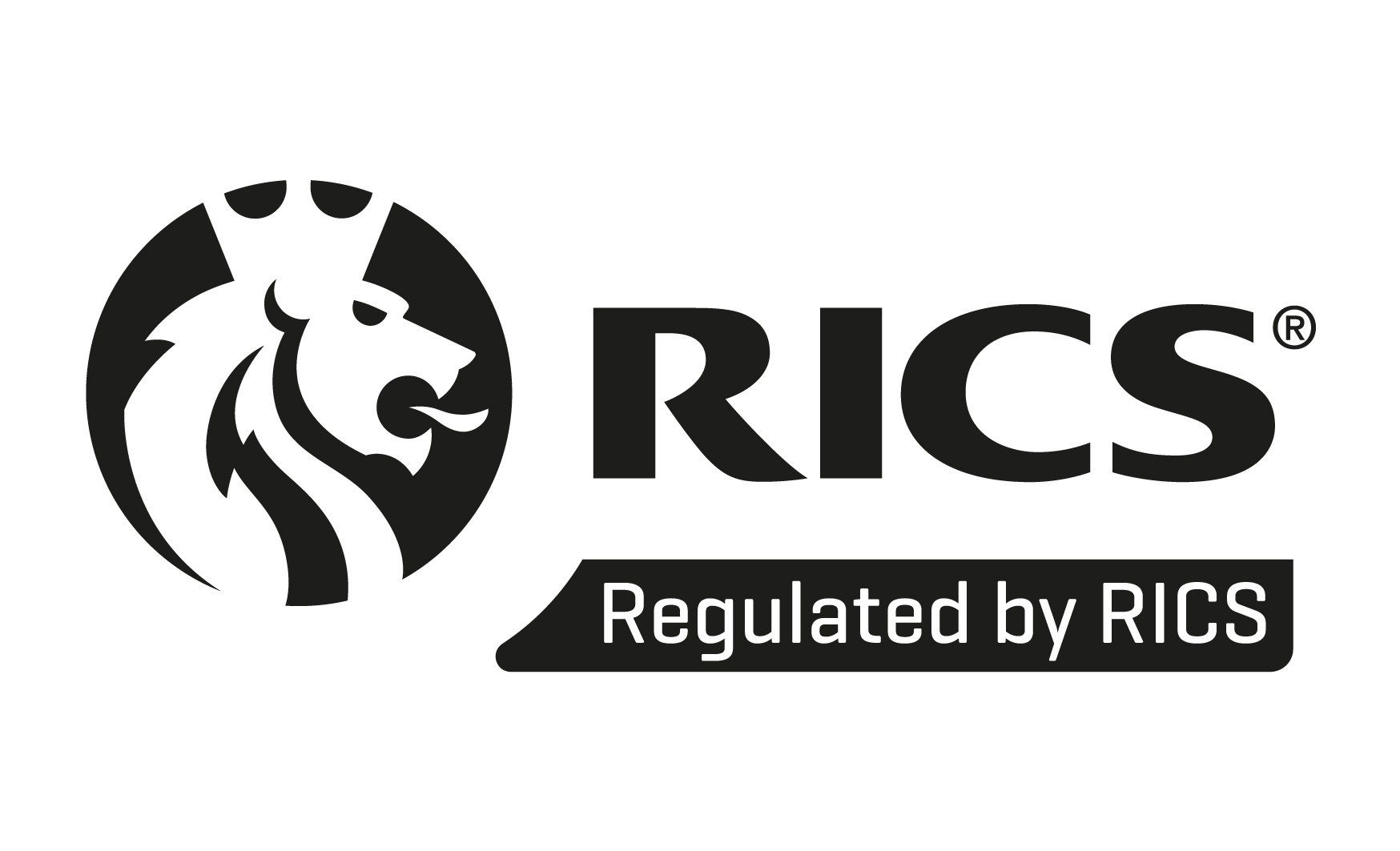
+44 01993 883 974
info@evenloderoadside.com
Evenlode Roadside is a trading name of:
Reese Procurement Limited
Registered Address
5 Minton Place
Victoria Road
Bicester, Oxon
OX26 6QB
